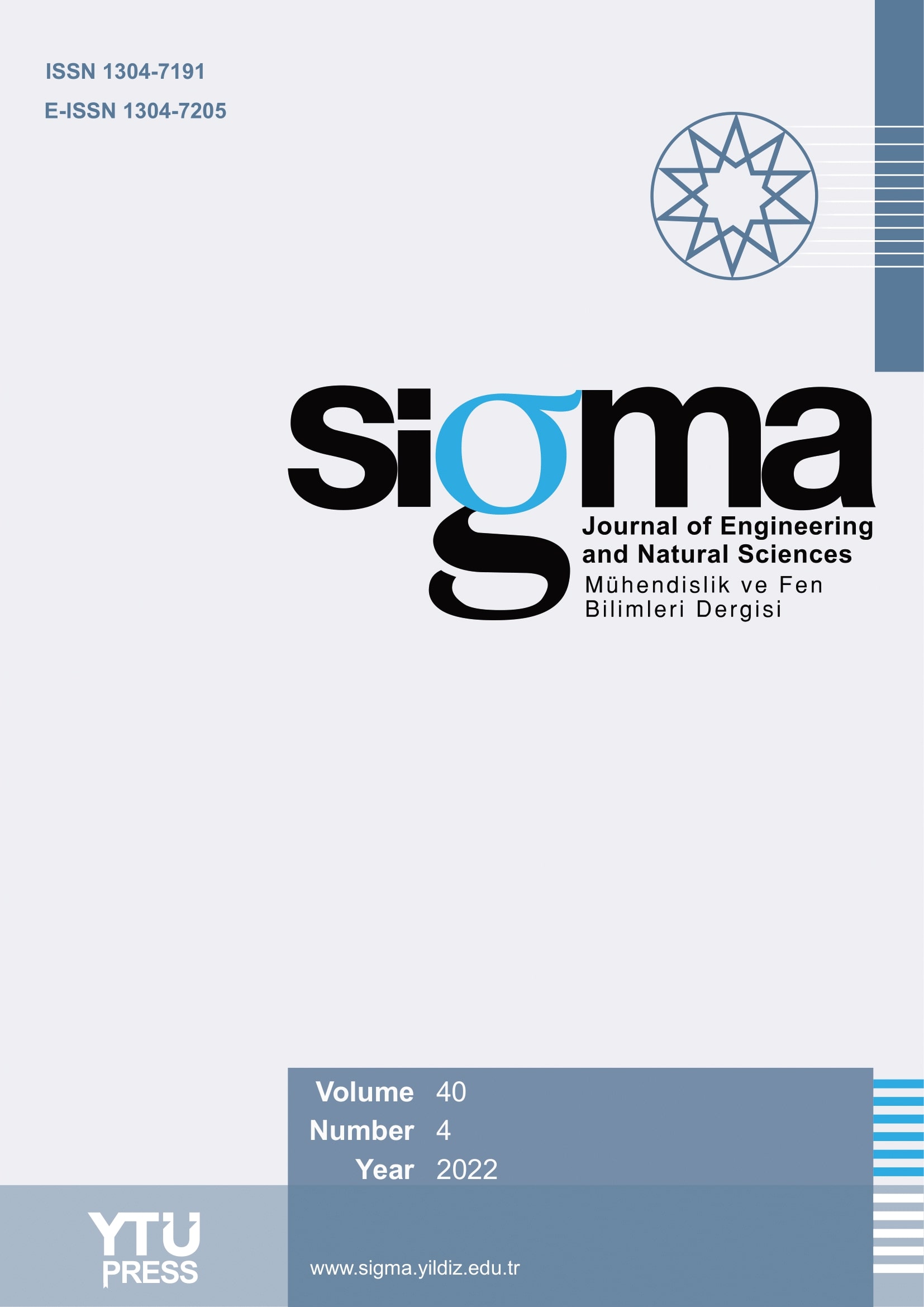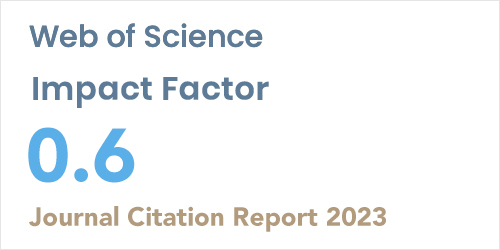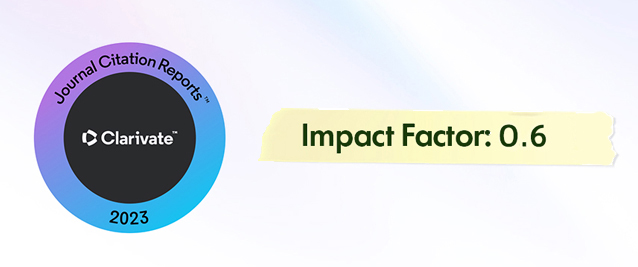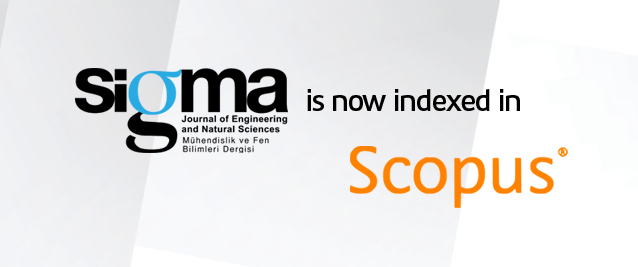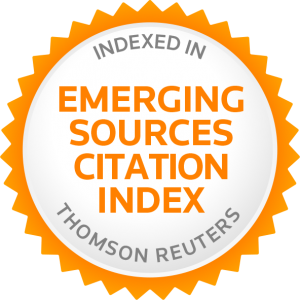2Department of Civil Engineering, Federal University DutsinMa, Katsina State, 821, Nigeria; Department of Civil Engineering, Sharda University, Greater Noida, 796001, India
3Department of Civil Engineering, Sharda University, Greater Noida, 796001, India; Department of Civil Engineering, Bayero University, Kano, 700006, Nigeria
4Department of Civil Engineering, Bayero University, Kano, 700006, Nigeria
Abstract
This paper explores using Sugarcane Bagasse Ash (SCBA) as a soil stabilization agent in road construction projects. SCBA has shown promising results in improving soil properties like strength and stability, offering sustainability benefits such as waste reduction, cost savings, and decreased carbon emissions. The paper aims to assess the efficiency of SCBA in subgrade stabilization for the construction of pavements concerning the environment and economic viability. The review integrates information derived from published research works and provides an account of SCBA as offering an opportunity for the complete replacement of conventional stabilizers such as lime and cement, thus encouraging sustainable approaches in pavement construction. However, its effectiveness depends on factors like dosage and soil characteristics necessitating a thorough analysis of its social and environmental impacts for widespread acceptance and long-term viability in line with Recycling and sustainable development. This study delves into the possible application of SCBA for subgrade soil stabilization in pavement construction. SCBA is a promising alternative to traditional stabilizers, as it is economically efficient and environmentally sustainable. It has the potential to replace lime and cement due to its abundance, low cost, and effectiveness in reducing greenhouse gas emissions. Notably, this paper shows that SCBA has the potential to increase the subgrade soil strength and durability for effective pavement construction solutions at comparatively cheap and environmentally friendly methods. The study covers key aspects such as economic feasibility, environmental impact, and life cycle assessment while considering the economic factors. Results show that SCBA significantly enhances subgrade soil strength and durability, making it an economical and environmentally friendly pavement construction method. Life cycle assessment comparisons reveal a lower environmental impact compared to conventional stabilizers. Hence, it was recommended that SCBA be prioritized for its high silica content, demonstrating economic viability with substantial cost reductions. The use of SCBA is encouraged due to its potential to reduce carbon emissions, mitigate pollution, and promote sustainable construction practices making it an ideal choice for subgrade stabilization in pavement projects.


